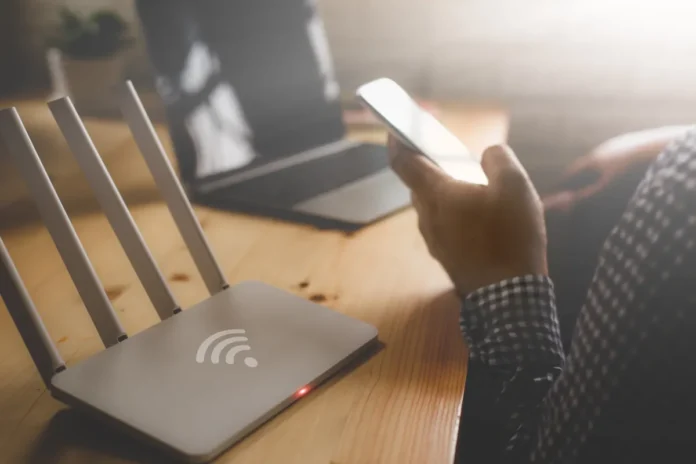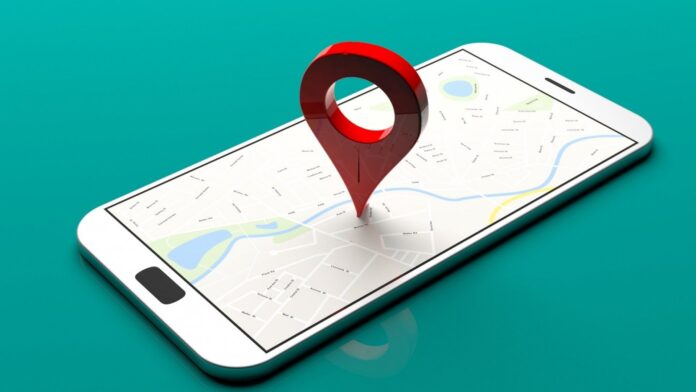Cell phone location tracking uses a number of technologies like GPS-based tracking, wireless tower-based tracking etc., to locate the position of the cell phone. Apart from this, the WiFi connections near a device can also help track a cell phone’s location. A cell phone’s location can be traced both when it is switched on and off.
There are several reasons for tracking the location of a mobile device. The most obvious reason is for safety and security purposes. GPS (Global positioning system) on a device helps track its position using satellites in space. If a cell mobile that is carried by a child has its GPS on, the child’s pet’s position can be easily traced. Thus, the fear of children getting lost is minimized.
Tracking systems not only help locate people, but at times they are used to locate the device itself. Most operating systems have such applications that allow device tracking, and it sends alerts to another number when a particular device gets lost or is misplaced. Some applications like “Find My Friend” give details of the location of a person’s friends and loved ones on a map.
How Is The Location Traced?
Satellite System

GPS, GLONASS and IRNSS are some of the Satellite-based tracking systems from countries like the US, Russia and India, respectively. The GPS and GLONASS Systems give worldwide coverage, whereas, for IRNSS, the scope is restricted. For instance, IRNSS gives positional information that is restricted to a range of about fifteen hundred square kilometers around India. The technology uses satellites in space which send out electromagnetic waves.
The GPS or IRNSS-enabled devices are the receivers for these waves emitted by the satellites, and they, in turn, reflect the wave. The Satellite uses precise atomic clocks to trace its own location and also records when a wave is sent out. The time difference between the sent wave and receiving the reflected waves gives a probabilistic position of a device.
Currently, most GPS systems give information in the range of five to ten meters of the actual position. Websites like www.trackphonetools.com is a GPS-based tracking service that can provide a response within a few seconds.
Wireless Network Based Systems

Mobile phones emit radio waves; the basic principle of wireless network-based tracking is that the device emits radio waves that interact with the base stations (phone towers) of the cell phone company. On the basis of the device’s position relative to three or more phone towers, a relative location of the device can be found. This method is less accurate than Satellite based tracing. In this system, if the phone is switched off, then its location is traced relative to the last phone tower when it was switched on.
These are the two leading technologies; however, there are software and device-based technologies that help locate a device as well.
How Accurate Is The Location Data?
The accuracy of the location traced depends on several factors, and at present, experiments are going on with technologies that can give a location within a range of one meter from the actual location.
Technologies That Can Remove Ionospheric Interference

The ionosphere is one of the upper layers of our atmosphere, and it has highly charged particles(ions) in it. These charged particles or ions are a significant hindrance in conveying the correct position of a device. These charged particles interact with the waves emitted by satellites and may introduce delays in them.
These delays can be minimized if the Satellite is positioned directly on top of the earth instead of at a slanting angle. If the position is directly above the earth, then the waves have to travel less through the ionosphere; hence it interacts less, and the distortion or delay is minimum.
The latest GPS satellites that can trace in the range of one meter use a frequency of wavelength that has the least interaction with the ionosphere.
Improving The Accuracy Of The Atomic Clocks
Satellites use atomic clocks that use metals like Cesium (record time by the vibration of atoms) to record even minute atomic changes. However, over time these clocks have lags or inaccuracies. If the clock has a delay of even one nanosecond, then the accuracy of location can decrease by about a foot. Hence, the space agencies regularly repair and replace the atomic clocks to keep the tracing highly accurate.
Improving Concentration Of Phone Towers

Wireless network-based tracking depends on the interaction of radio waves between devices and the base stations. Thus, increasing the density of the base station is a way to increase the accuracy of the position tracking of a device. Thus, in rural areas where the number of base stations is less, it is more difficult to get a precise location in comparison to urban areas, which have more base stations.
Removing Obstructions Like Tall Buildings And Trees
In wireless network-based tracing, the position is determined based on the appropriate interaction between the emission of the cell phone with the base station. However, if tall objects like trees and multi-storeyed buildings come in the way of the radiation of mobile phones, then the accuracy of location gets compromised.
Having High-Speed Internet Connectivity

Having good quality internet also improves the accuracy of positional information. In the present age, 4G speed is a reality, and 5G speed is being experimented with by many companies. These technologies promise high internet speed and low latency. Thus, having access to high-speed internet improves location tracing. At times when a device is inside a closed building tracing the position might become difficult. In such a situation, the WiFi network inside the building can help in more precise position tracing.
Conclusion
Mobile tracking has been a boon for safety and security purposes. With increased internet penetration and improved internet speed, the accuracy of position tracking is expected to increase manifolds in the near future. Most modern tracing systems do not depend upon a single technology that uses a combination of WiFi signals, GPS or Satellite based data, and wireless (cell phone base station) based data to get the correct position. The more the number of data points, the higher the chances of noise correction and increased precision of the result.








